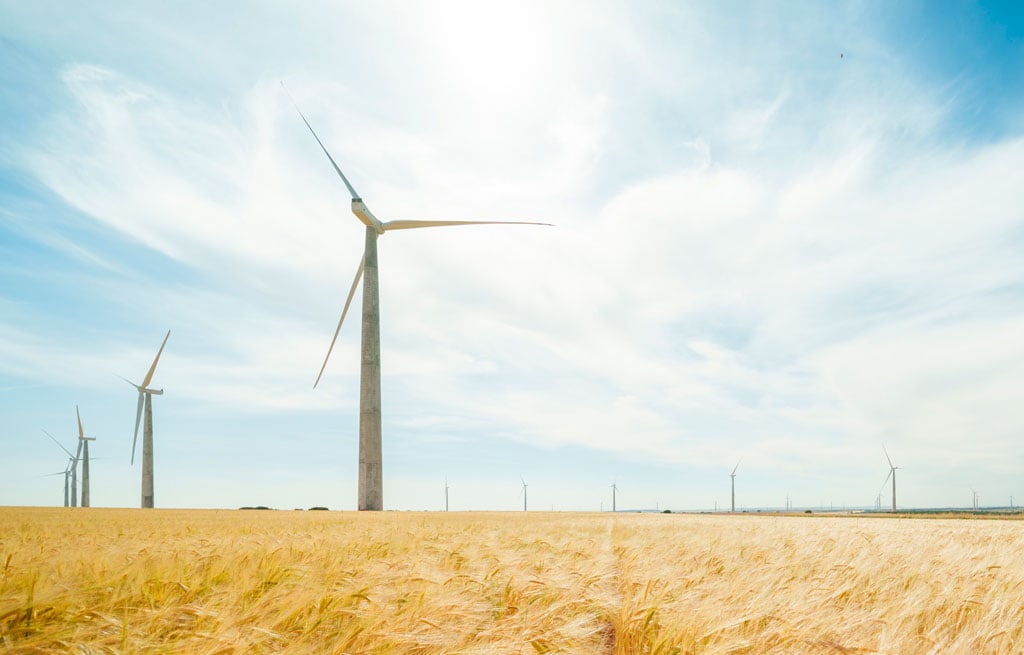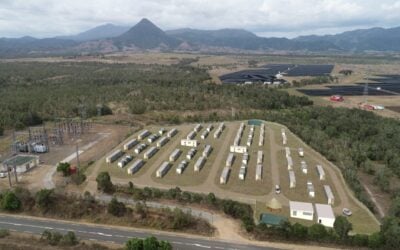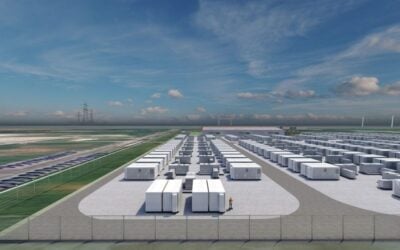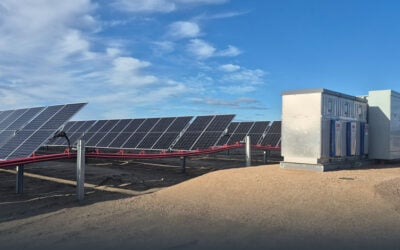
Independent power producer (IPP) Enlight Renewable Energy is expanding its Gecama Wind Project in Castilla-La Mancha, Spain, by integrating solar PV and battery energy storage systems (BESS).
With an investment of US$310 million, the project will add a total PV capacity of 225MW alongside 220MWh of BESS. Currently, it is the country’s “largest” wind farm with a capacity of 329MW, the firm said. The project is expected to reach commercial operation in the second half of 2026.
“With the financial close at Gecama, Enlight expands one of its core assets into Spain’s first hybrid complex of its kind,” said Gilad Yavetz, CEO of Enlight.
“Gecama Hybrid joins a lineup of mega-projects we are currently advancing as part of a broad growth plan set to unfold during 2025 across Europe, Israel, and the US.”
Try Premium for just $1
- Full premium access for the first month at only $1
- Converts to an annual rate after 30 days unless cancelled
- Cancel anytime during the trial period
Premium Benefits
- Expert industry analysis and interviews
- Digital access to PV Tech Power journal
- Exclusive event discounts
Or get the full Premium subscription right away
Or continue reading this article for free
The financing was led by MEAG Infrastructure Debt Transactions, the asset management arm of Munich Re, as sole arranger, alongside institutional co-investors. The deal allows Enlight to sell the project’s electricity on the open market without a long-term power purchase agreement (PPA). Enlight holds about 72% of the Gecama Project through a subsidiary, with the rest owned by Israeli institutional investors.
This hybridisation aims to improve grid stability after the country’s recent extended blackouts. According to the Israeli IPP, the Gecama project is one of the first in Spain to include a utility-scale battery energy storage system (BESS) to support peak shifting by storing electricity when prices are low and discharging during high-demand periods. The system will also provide critical grid services, including frequency response, and stabilise the power system through rapid charging and discharging.
To read the full version of this story, visit PV Tech.





